#mona washbourne
Text

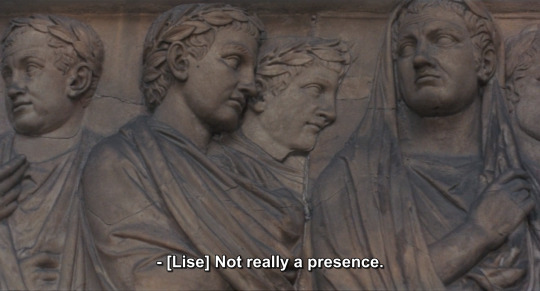
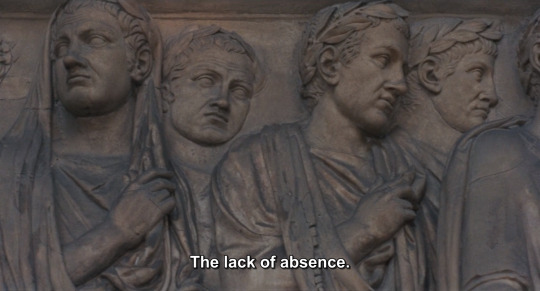
23 notes
·
View notes
Text
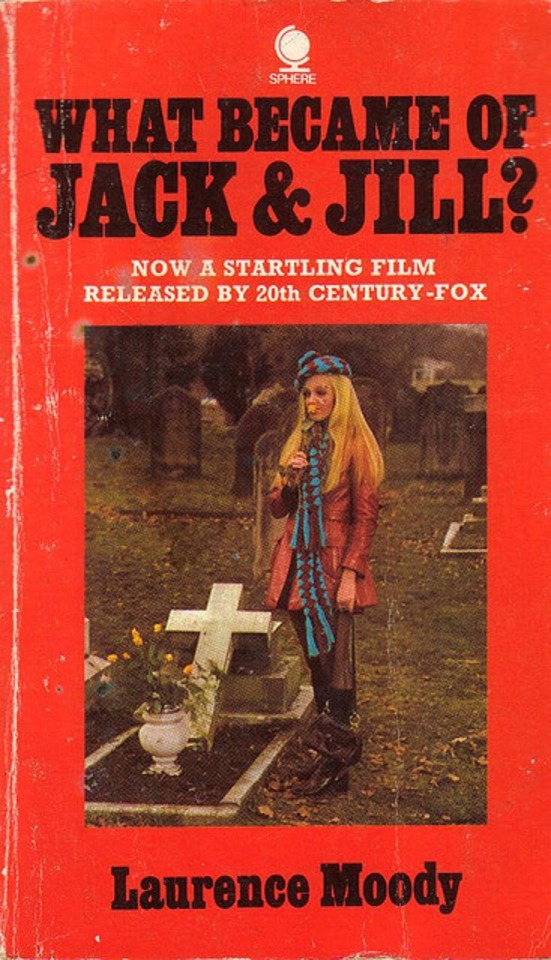
#paperback#mona washbourne#paul nicholas#vanessa howard#the ruthless ones#laurence moody#what became of jack and jill
16 notes
·
View notes
Text
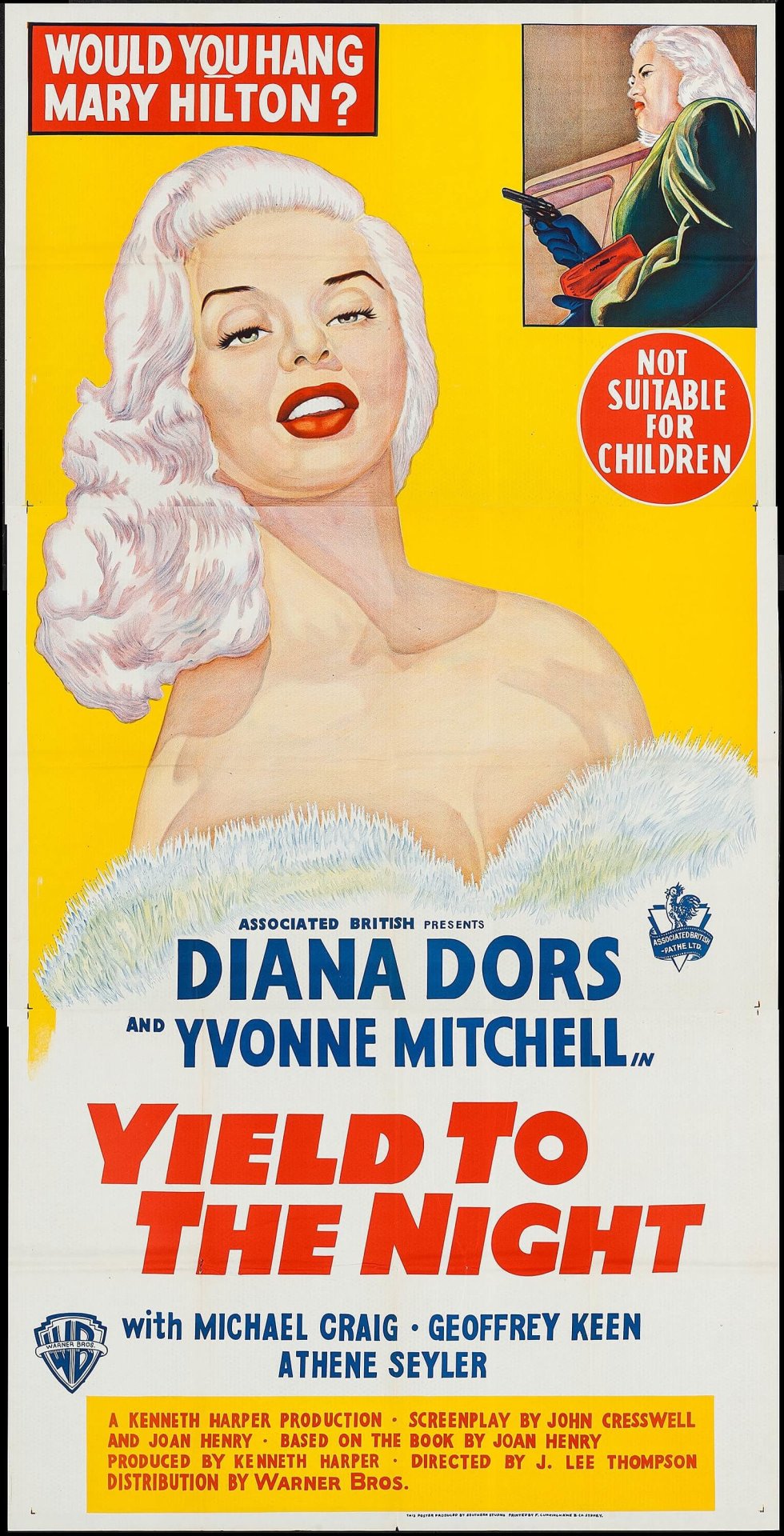
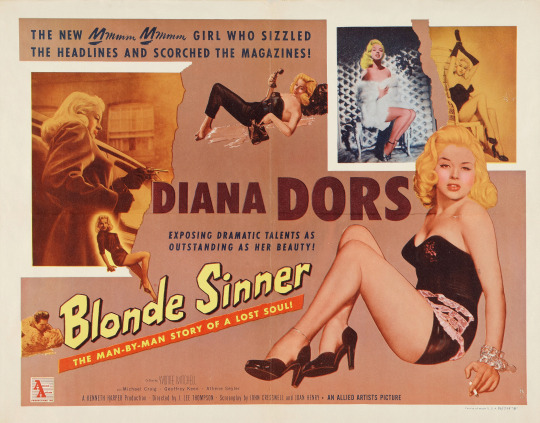

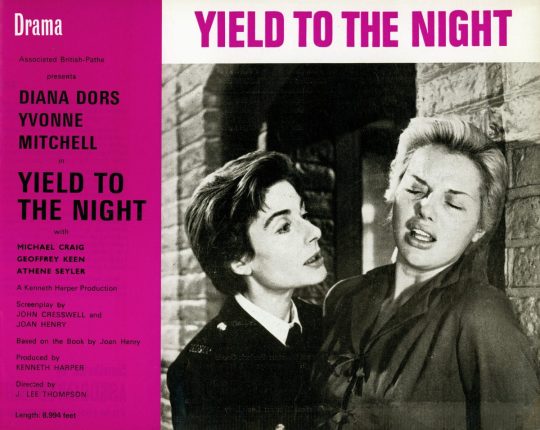
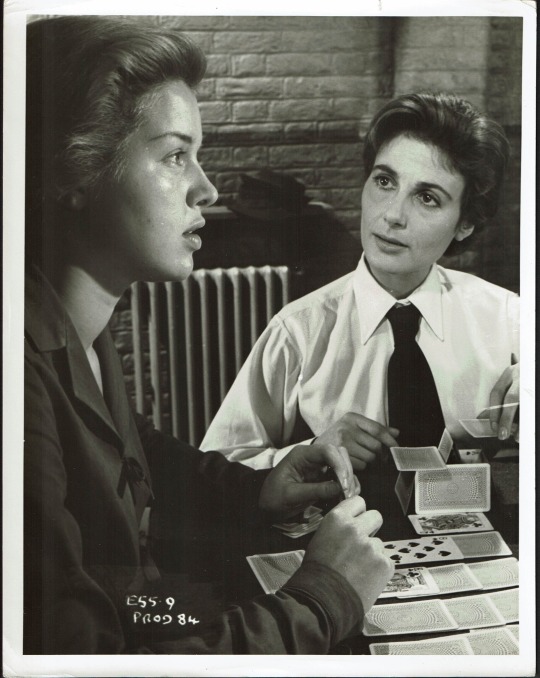

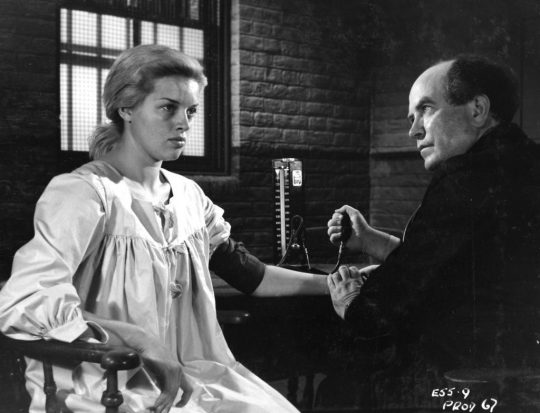
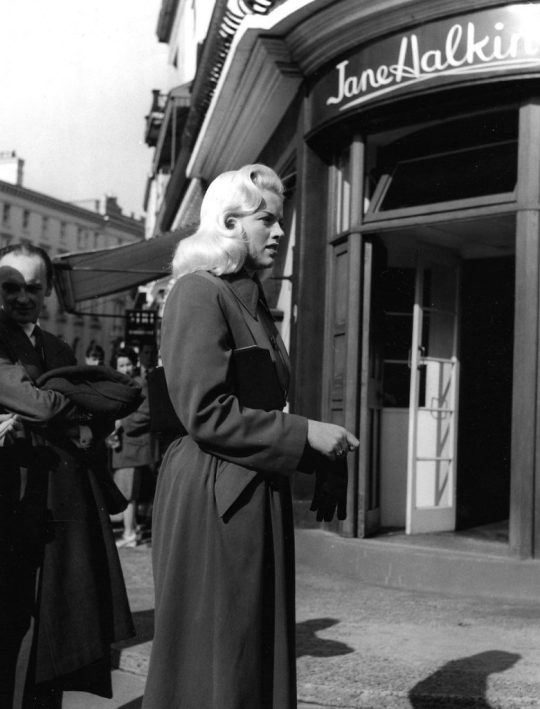
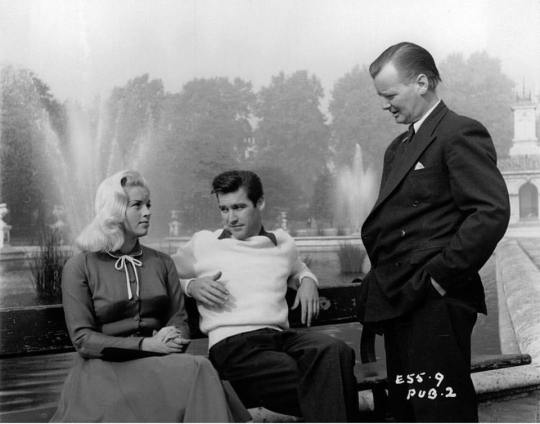
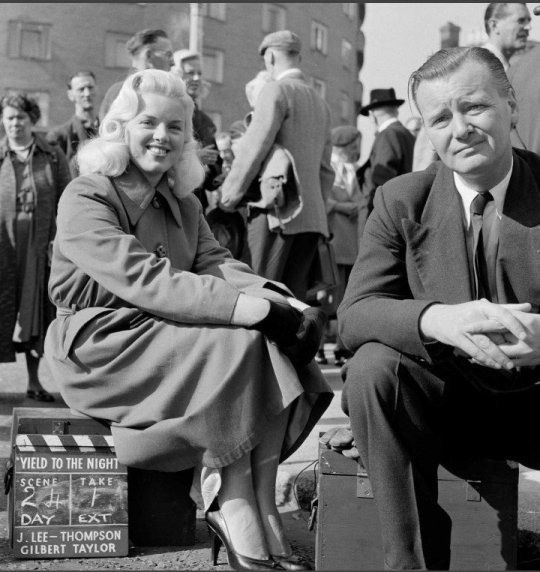
Yield to the Night (1956) J. Lee Thompson
January 1st 2024
#yield to the night#1956#j. lee thompson#diana dors#yvonne mitchell#michael craig#marie ney#athene seyler#geoffrey keen#liam redmond#olga lindo#marjorie rhodes#harry locke#mona washbourne#dandy nichols#shirley anne field#blonde sinner
16 notes
·
View notes
Text

Identikit (1974)
3 notes
·
View notes
Text

Stevie (1978)
This movie portrays British poet/author Stevie Smith and her life with her beloved aunt through direct dialogue with the audience by Stevie, as well as flashbacks, and narration by a friend. The movie mainly focuses on her relationship with her aunt, romantic relationships of the past, and the fame she received late in her life.
*The film was given a very limited release in the USA in late 1978, but only on the West Coast. Over two years later, it was shown theatrically on the East Coast and proved a big hit with critics, going on to win many awards, including 2 acting awards from the New York Film Critics.
#Stevie#1978#film#movie#cinema#biography#drama#relationships#poet#novelist#Stevie Smith#Glenda Jackson#Mona Washbourne#just watched#awarded film
0 notes
Text
Yield to the Night

The sight of Diana Dors crossing a dance floor as a piano plays “The Very Thought of You” is enough to make even straight women and gay men forget those little ordinary things that everyone ought to do. That’s not her look through most of J. Lee Thompson’s YIELD TO THE NIGHT (1956, Criterion Channel through last night), released here as BLONDE SINNER, and the film is far from a daydream. Although it opens with the glamorous star committing murder, it then switches to her time on death row with no makeup, her natural hair color and her hair pulled back starkly. It’s an amazing transformation, but that would be just showmanship if she didn’t have the acting chops to back it up. She delivers a harrowing performance as a woman waiting to find out if she’s been granted a last-minute reprieve. J. Lee Thompson’s direction focuses on details, starting with the murder, depicted through shots of walking feet, a key in a lock, packages in a car, etc. He doesn’t cut to a closeup of Dors until she pulls out the gun. In prison, he focuses on every detail of her cell and the matron attending her. Thompson’s wife, Joan Henry, had been in prison and captured the mind-numbing routine and lack of privacy in her original novel and the screenplay she co-wrote. Those details are foremost in Dors’ mind, as relayed in voice overs. Thompson’s direction is fluid, with some great cuts and camera angles. At the same time, it often feels this is all to cover up the threadbare murder plot. Dors’ life before prison seems like a cautionary tale for young women apt to fall for the wrong man. She leaves her husband for pianist Michael Craig, only to have him dump her for a wealthy socialite. The film’s focus, however, is on the dehumanizing effect of prison life and, even though Dors is unrepentant, the inhumanity of making her pay for the crime with her life. Still, the dice are loaded in her favor. Not only can we see how Craig’s ill treatment has damaged her psyche; we also barely get to know the victim, and there are hints throughout that she treated Craig even worse than he treated Dors. The supporting cast is wonderful, with Yvonne Mitchell as a sympathetic matron, Marie Ney as the prison governess, Mona Washbourne as Craig’s landlady and the radiant Athene Seyler as a woman campaigning for prison reform and visiting inmates simply to offer them some comfort. The film is so good it’s hard to believe Thompson would later direct unmitigated schlock like MACKENNA’S GOLD (1969) and HAPPY BIRTHDAY TO ME (1981). It’s hard to believe he could even stomach pictures like that.
#british film#film noir#diana dors#michael craig#yvonne mitchell#mona washbourne#athene seyler#j. lee thompson#prison films
1 note
·
View note
Text
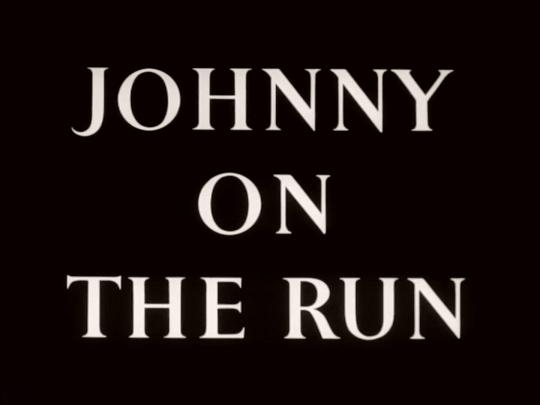
Johnny on the Run is the first Children's Film Foundation offering that leaves behind the quaint and loveable and drifts into the realm of genuine quality. Directed by Lewis Gilbert, in the same year he directed Cosh Boy and Albert R.N. this is obviously a cut above from a director who would go on to a long, distinguished, and successful career.

Young lead actor Eugeniusz Chylek gives a genuinely moving performance as Janek/Johnny and the supporting cast, which includes Sydney Tafler, Michael Balfour, Moultrie Kelsall, Mona Washbourne and, obviously as it is set in Scotland, John Laurie are uniformly excellent.
There's a touch of Dickens about the criminal enterprises of Tafler and Balfour and, while the children of Edinburgh don't come out of it well there are some wonderful location shots of the city.

There are also some interesting factual stories that spring up from watching this film, not least the idea of a home in Scotland housing war orphans of all nationalities.
There's also Cleo Sylvestre as one of the kids.
All in all, this is in the highest bracket of Children's Film Foundation fare.
#Children's Film Foundation#The Children's Film Foundation#CFF#Johnny on the Run#Eugeniusz Chylek#Sydney Tafler#Michael Balfour#Lewis Gilbert#Mona Washbourne#John Laurie#Cleo Sylvestre
0 notes
Photo
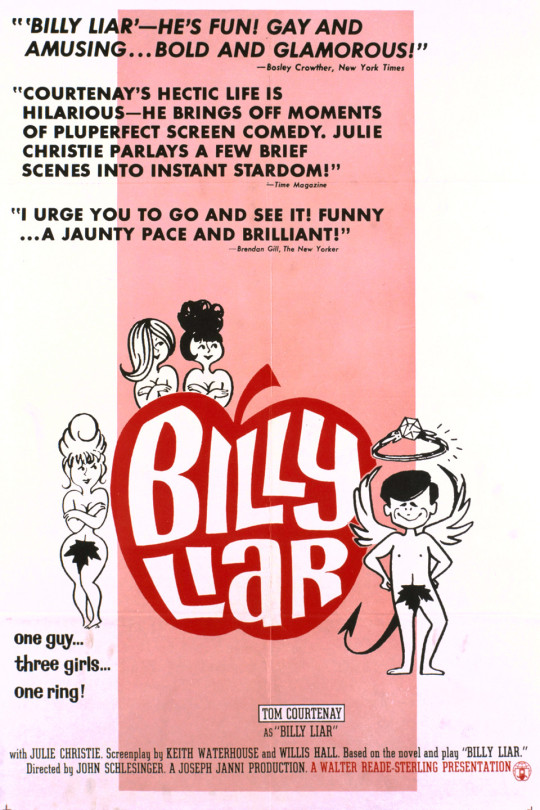
0 notes
Photo
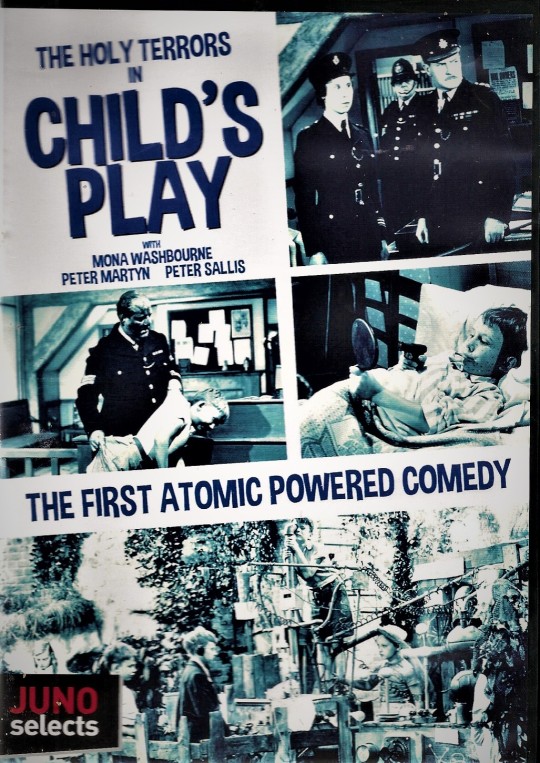
Bad Movie I have Child’s Play 1954
#Child’s Play#British Lion Film Corporation#Mona Washbourne#Peter Martyn#Dorothy Alison#Ingeborg von Kusserow#Carl Jaffe#Ballard Berkeley#Joan Young#Robert Raglan#Mae Bacon#Molly Raynor#Barbara Hicks#Jack May#John Sharp#Peter Sallis#Robert Lankesheer#Wyndham Goldie#Christopher Beeny#Wendy Westcott#Ian Smith#Anneke Wills#Ernest Scott#Patrick Wells#Elain Sykes#Fred Nicholas#Jack Sharp#Jill Trimble#Peter Trimble
0 notes
Text


what if identikit 1974 but they just let elizabeth taylor and mona washbourne loose in rome for an hour and a half
13 notes
·
View notes
Text

Audrey Hepburn, Rex Harrison, and Mona Washbourne in My Fair Lady (1964)
#audrey hepburn#1964#rex harrison#1960s#eliza doolittle#my fair lady#movies#old movies#vintage#classic#fashion#style#old hollywood glamour#old hollywood#photography
3 notes
·
View notes
Text

3 notes
·
View notes
Photo
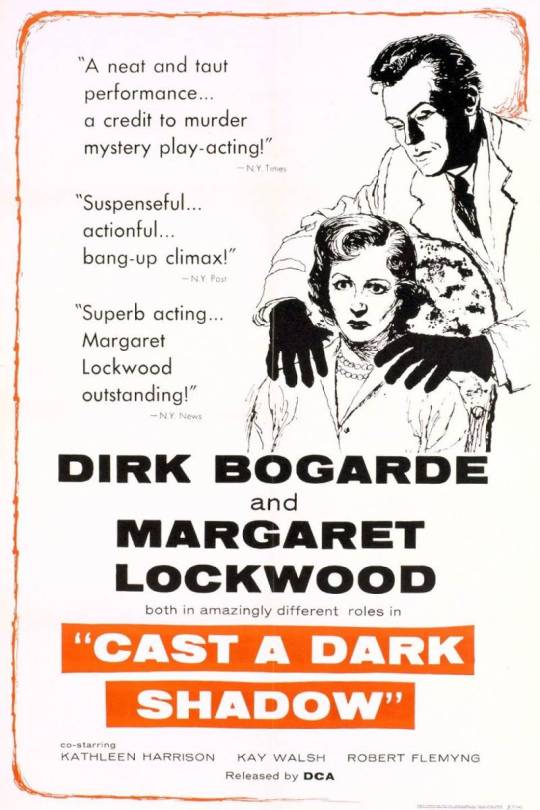




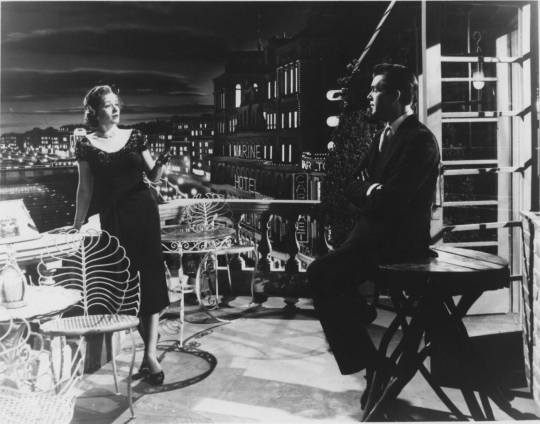
Cast a Dark Shadow (1955) Lewis Gilbert
July 13th 2022
#cast a dark shadow#1955#lewis gilbert#dirk bogarde#margaret lockwood#kay walsh#kathleen harrison#mona washbourne#robert flemyng#naked is the flame#one murder mistaken
22 notes
·
View notes
Text
THE BRIDES OF DRACULA (1960) – Episode 137 – Decades Of Horror: The Classic Era
“Hang on, there. Hang on, me beauties. There’s nothing to be scared of, nothing to be afeared of. … Mother of God, it’s a corpse! … Cor, I thought you was a dead one.” Sometimes you just can’t tell a tree trunk in the road from a dead body. Join this episode’s Grue-Crew – Chad Hunt, Daphne Monary-Ernsdorff, Jeff Mohr, and guest hosts Richard Klemensen (Little Shoppe of Horrors: The Journal of Classic British Horror Films) and Alistair Hughes (Infogothic: An Unauthorised Graphic Guide to Hammer Horror) – as they discuss the horror richness coursing through the veins of the Hammer classic, The Brides of Dracula (1960).
Decades of Horror: The Classic Era
Episode 137 – The Brides of Dracula (1960)
Join the Crew on the Gruesome Magazine YouTube channel!
Subscribe today! And click the alert to get notified of new content!
https://youtube.com/gruesomemagazine
ANNOUNCEMENT
Decades of Horror The Classic Era is partnering with THE CLASSIC SCI-FI MOVIE CHANNEL, THE CLASSIC HORROR MOVIE CHANNEL, and WICKED HORROR TV CHANNEL
Which all now include video episodes of The Classic Era!
Available on Roku, AppleTV, Amazon FireTV, AndroidTV, Online Website.
Across All OTT platforms, as well as mobile, tablet, and desktop.
https://classicscifichannel.com/; https://classichorrorchannel.com/; https://wickedhorrortv.com/
Synopsis: Vampire hunter Van Helsing returns to Transylvania to destroy handsome bloodsucker Baron Meinster, who has designs on beautiful young schoolteacher Marianne.
Director: Terence Fisher
Writers: Jimmy Sangster, Peter Bryan, & Edward Percy; Anthony Hinds (uncredited)
Producers: Michael Carreras (executive producer), Anthony Hinds (produced by), Anthony Nelson Keys (associate producer) (as Anthony Nelson-Keys)
Music by: Malcolm Williamson
Cinematography by: Jack Asher (director of photography)
Production Design by: Bernard Robinson
Makeup Department: Roy Ashton (make-up artist), Frieda Steiger (hair stylist) (as Freda Steiger)
Special Effects by: Sydney Pearson
Selected Cast:
Peter Cushing as Doctor Van Helsing
Yvonne Monlaur as Marianne
David Peel as Baron Meinster
Martita Hunt as Baroness Meinster
Freda Jackson as Greta
Miles Malleson as Doctor Tobler
Henry Oscar as Herr Lang
Mona Washbourne as Frau Lang
Andrée Melly as Gina
Victor Brooks as Hans
Fred Johnson as the priest
Michael Ripper as the coachman
Norman Pierce as the landlord
Vera Cook as the landlord’s wife
Marie Devereux as the village girl
Jill Haworth (uncredited) as Schoolgirl
When Richard first saw The Brides of Dracula, it knocked him out. This incredibly colorful, gorgeous film is the Hammer production he remembers best. He admits to falling in love with the cutest vampire of all (Andrée Melly) and revels in the athletic stunts performed by Peter Cushing. Alistair shares a humorous story about the first time he didn’t see The Brides of Dracula. When he was finally able to experience the movie, he found it to be one of the most beautiful-looking films he’d ever seen.
It had been a while since Daphne had seen The Brides of Dracula, making this feel almost as if it were her first time. She is in love with Peter Cushing and his wardrobe, the other costumes, and Freda Jackson’s portrayal of Greta. It’s a wonderful, wonderful movie! Chad is with Richard in his view of Andrée Melly and, in fact, wanted to marry her when he was a youngster. He describes her portrayal of Gina as scary and, at the same time, beautiful. Daniel Peel does a great job, but Chad is almost more focused on Cushing’s portrayal of Van Helsing. And then there’s the climax to The Brides of Dracula, one of the coolest things he’d ever seen. At first, Jeff turned his nose up at the idea of a blonde Dracula, only later discovering that there is no Dracula in The Brides of Dracula and that David Peel gives a standout performance as Baron Meinster. He praises the sets and the vivid wardrobes, and the music composed by Malcolm Williamson, who is not a usual contributor to Hammer films.
Now would be a great time for a rewatch of The Brides of Dracula! As of this writing, it is available to stream from Peacock Premium and several PPV sources. In terms of physical media, a Blu-ray of The Brides of Dracula is available from Scream Factory. The extras for the disc include two segments of Scream Factory’s The Men Who Made Hammer series – a 58-minute remembrance of director Terence Fisher and a 16-minute piece on cinematographer Jack Asher – both by our illustrious guest host Richard Klemensen.
Richard Klemensen’s Little Shoppe of Horrors: The Journal of Classic British Horror Films is now taking orders for WITCHES, BITCHES AND BANSHEES: The British Films of American International Pictures by John Hamilton.
Infogothic: An Unauthorised Graphic Guide to Hammer Horror by Alistair Hughes is available from Amazon. Alistair is also a cohost with Steve Turek of the DieCast Movie Podcast’s Hammerama series.
The Decades of Horror: The Classic Era has produced the following episodes on other Hammer films:
THE CURSE OF FRANKENSTEIN (1957) – Episode 26
THE GORGON (1964) – Episode 61
THE DEVIL RIDES OUT (1968) – Episode 74
THE CURSE OF THE WEREWOLF (1961) – Episode 84
THE MUMMY (1959) – Episode 91
QUATERMASS AND THE PIT (1967) – Episode 93
RASPUTIN: THE MAD MONK (1966) – Episode 105
(HORROR OF) DRACULA (1958) – Episode 109
Or if vampires are your thing, check out these Decades of Horror: The Classic Era’s podcasts on other vampire movies:
DRACULA (1931) – Episode 20
NOSFERATU (1922) – Episode 21
THE RETURN OF THE VAMPIRE (1943) – Episode 43
VAMPYR (1932) – Episode 55
CURSE OF THE UNDEAD (1959) – Episode 73
(HORROR OF) DRACULA (1958) – Episode 109
SON OF DRACULA (1943) – Episode 132
Gruesome Magazine’s Decades of Horror: The Classic Era records a new episode every two weeks. Up next in their very flexible schedule, as chosen by guest host Ralph Miller, will be The Brainiac (1962) from Mexico.
Please let them know how they’re doing! They want to hear from you – the coolest, grooviest fans: leave them a message or leave a comment on the Gruesome Magazine YouTube channel, the site, or email the Decades of Horror: The Classic Era podcast hosts at [email protected]
To each of you from each of them, “Thank you so much for listening!”
Check out this episode!
0 notes
Photo

Dudley Moore and Peter Cook in The Bed Sitting Room (Richard Lester, 1969)
Cast: Rita Tushingham, Michael Hordern, Dudley Moore, Peter Cook, Ralph Richardson, Arthur Lowe, Mona Washbourne, Richard Warwick, Marty Feldman, Harry Secombe, Roy Kinnear, Spike Milligan, Ronald Fraser, Jimmy Edwards, Frank Thornton, Dandy Nichols. Screenplay: John Antrobus, Charles Wood, based on a play by Spike Milligan and John Antrobus. Cinematography: David Watkin. Production design: Assheton Gorton. Film editing: John Victor Smith. Music: Ken Thorne.
Seemingly every comic actor in 1960s Britain turns up somewhere in Richard Lester's The Bed Sitting Room, but they don't generate many laughs. The problem with most absurdist comedies is the absence of a grounding normality, and in the post-apocalyptic setting of the film, in which Britain has been turned into a vast trash dump by a nuclear war, there's not much to serve as a norm against which its silliness can play out. The point is to satirize our pre-apocalyptic complacency, and once you get that point the film mostly asks you to sit around and wait for your particular favorite actor to make his or her appearance. Oh, there's Ralph Richardson. Ah, that's Mona Washbourne. Good, that's Marty Feldman. And so on for 90 minutes. It only seems longer.
0 notes
Text
The Driver's Seat

For some reason, Shudder is showing Giuseppe Patroni Griffi’s THE DRIVER’S SEAT (1974, aka IDENTIKIT, also on YouTube). Although there’s a murder involved along with some political unrest, the real horror of the film is what Grffi and co-writer Raffaela La Capria have done to Muriel Spark’s novella. Let’s just say, THE PRIME OF MISS JEAN BRODIE (1969) this isn’t. Elizabeth Taylor is Lise, an often-hysterical woman who for some reason has left her job in London to vacation in Rome. There she connects with a variety of men (including, in an unbilled cameo, Andy Warhol) in search of “her type,” but as soon as the man shows any signs of aggression, she tries to get away. That doesn’t stop her from having a repeat encounter with one (Ian Bannen), a businessman who goes on about his macrobiotic diet, which requires him to have daily orgasms, leading Taylor to say, “When I diet, I diet. And when I orgasm, I orgasm. I don’t believe in mixing the two cultures.” More rewarding, at least for the audience, is her chance encounter with a dotty Englishwoman played by Mona Washbourne, who treats her fragmentary dialog as if it were Pinter. Taylor approaches everything she has to do with gusto and professionalism. She can snap out a line like “I hate rice” as though it were the world’s ultimate putdown. She commands the screen. There’s always something going on behind that gorgeous face. And she’s beautifully shot by Vittorio Storaro. The problem is that Griffi and La Capria aren’t doing anything to support her. Spark described her novella as a “whydunnit.” She reveals early on what’s going to happen to Lise and spends the rest of the book providing the context for it. But the film version omits all that context. We get flash forwards as the police investigate whatever it is that will have happened, but it’s not until much later that we find out what that is and how Lise got there. They never get around to explaining the why, and some of the police scenes are almost farcically overplayed. Taylor is left charging through the fragments of a good performance in a film not worthy of it. It’s like setting the Krupp diamond in a band of Naugahyde.
0 notes